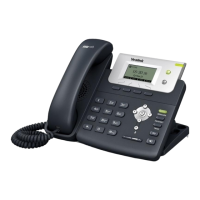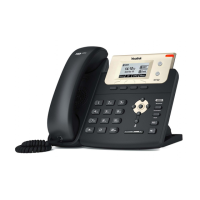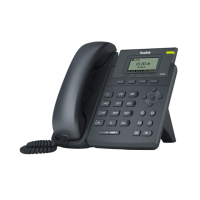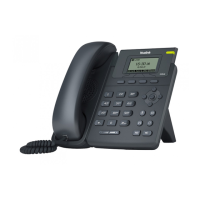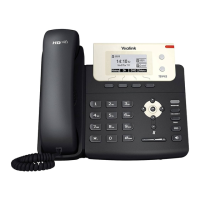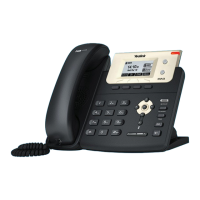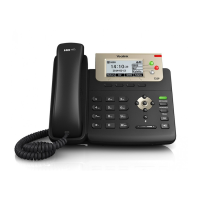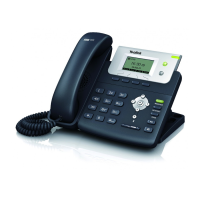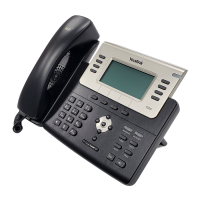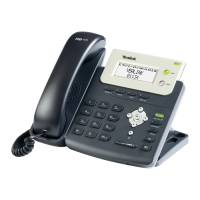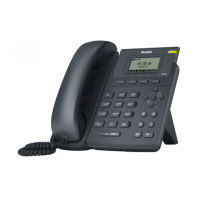Administrator’s Guide for SIP-T2 Series/T19(P) E2/T4 Series/T5 Series/CP860/CP920 IP Phones
884
3. Click Confirm to accept the change.
Jitter Buffer
Jitter buffer is a shared data area where voice packets can be collected, stored, and sent to the
voice processor in even intervals. Jitter is a term indicating variations in packet arrival time,
which can occur because of network congestion, timing drift or route changes. The jitter buffer,
located at the receiving end of the voice connection, intentionally delays the arriving packets so
that the end user experiences a clear connection with very little sound distortion. IP phones
support two types of jitter buffers: fixed and adaptive. A fixed jitter buffer adds the fixed delay
to voice packets. You can configure the delay time for the static jitter buffer on IP phones. An
adaptive jitter buffer is capable of adapting the changes in the network's delay. The range of
the delay time for the dynamic jitter buffer added to packets can be also configured on IP
phones.
Procedure
Jitter buffer can be configured using the following methods.
Configure the mode of jitter buffer and
the delay time for jitter buffer in the wired
network.
Navigate to:
http://<phoneIPAddress>/servlet?p=setti
ngs-voice&q=load
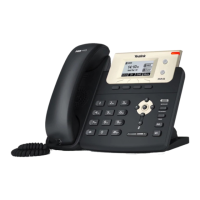
